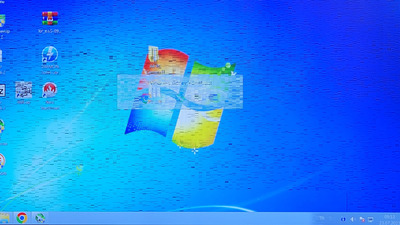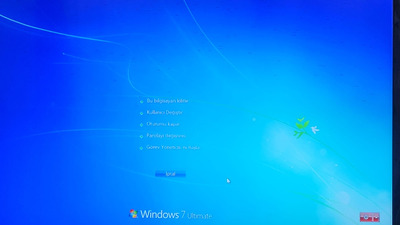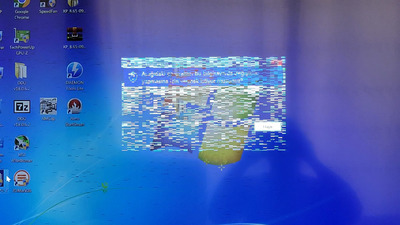7 never included 3D enabled drivers for video cards (unless it grabbed them from Windows Update right after install) as far as I'm aware.
That being said his issue is exactly the same problem one of my two 7800GS cards has, it crashes as soon as you try to access any of the cards 3D capabilities. Depending on the exact driver version being used this has an end result anywhere from a BSOD on Windows load to a hard lock as soon as you try to start a D3D/OGL application like 3DMark. NVIDIA 7000 series cards in my personal experience (must have had 30 of them come through my hands at this point) have what I would estimate at a near 60 percent failure rate due to a combination of faulty BGA, faulty capacitors, and grossly inadequate cooling solutions (the cards with the two slot cooler design have a MUCH better survival rate). The AGP cards are even worse because the people who bought these ran them into the dirt as a general rule, keep in mind by 2005 you were paying a PREMIUM to get an AGP card to avoid upgrading the rest of your system to PCI Express.
I second the proposal offered in a prior comment, try the card on Windows XP and see what happens. If your still getting crashes you may have some luck if you underclock the card, or flash a 128MB BIOs to the card (sometimes you'll get lucky and the bad memory/memory BGA linkage will be in the half of memory you just deactivated) if you can find or have the skills to make such a BIOs file. If all that fails you can try reflowing it with a hot air gun, there are many YouTube videos on this. If that works treat the card as a collectors item, it will likely fail again quickly if you run it in a day to day setup. I have a few cards repaired that way which I only use for the occasional benchmark.


